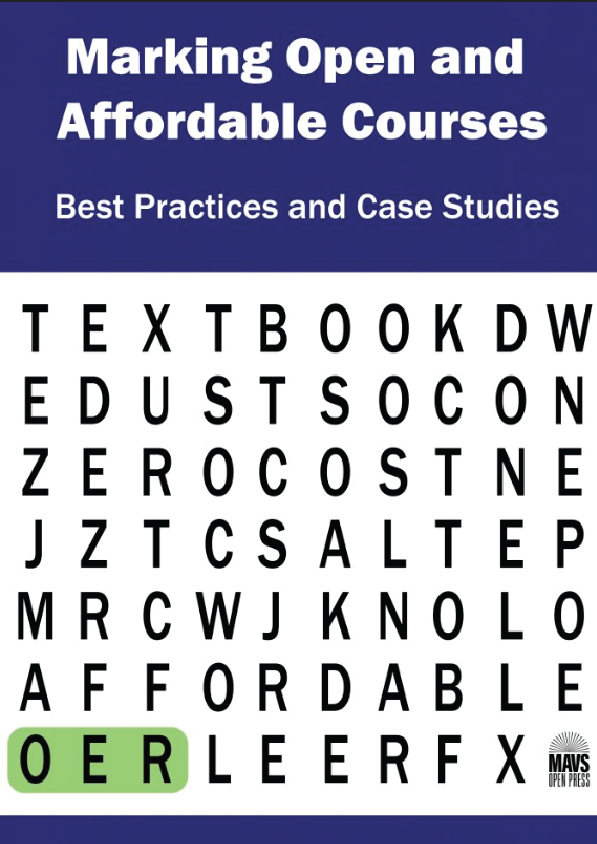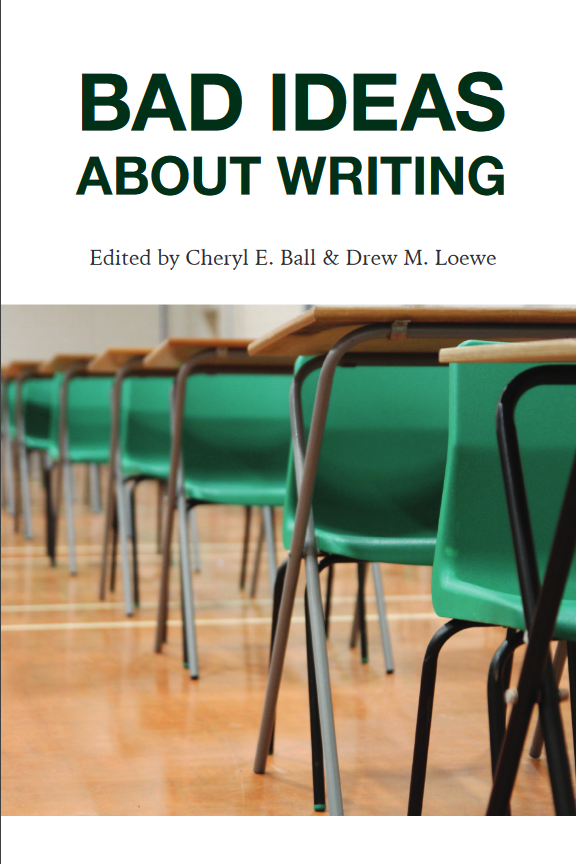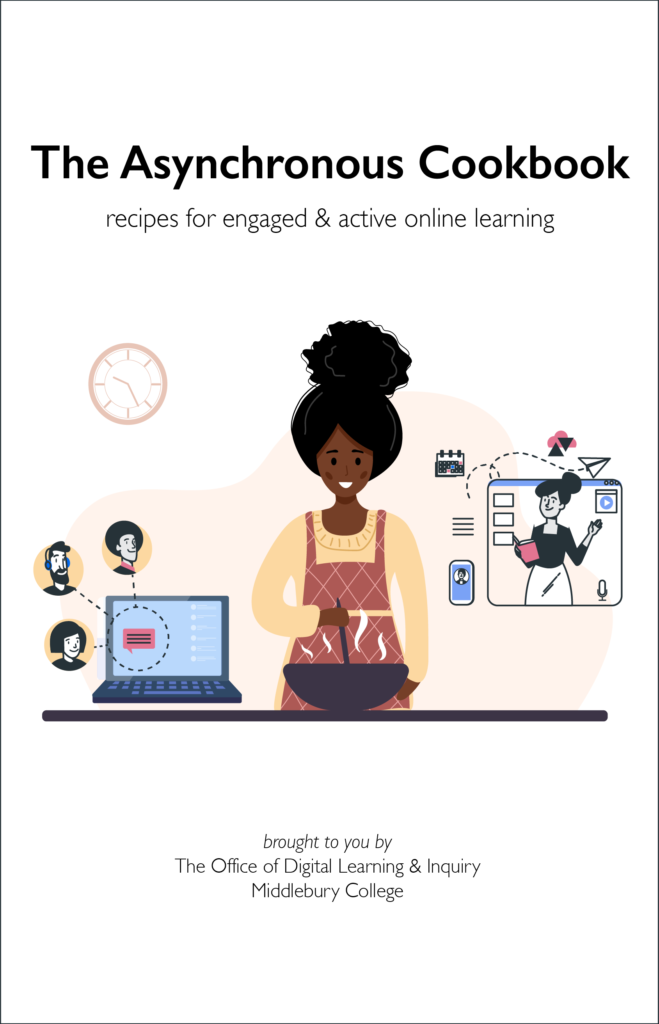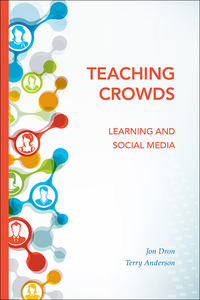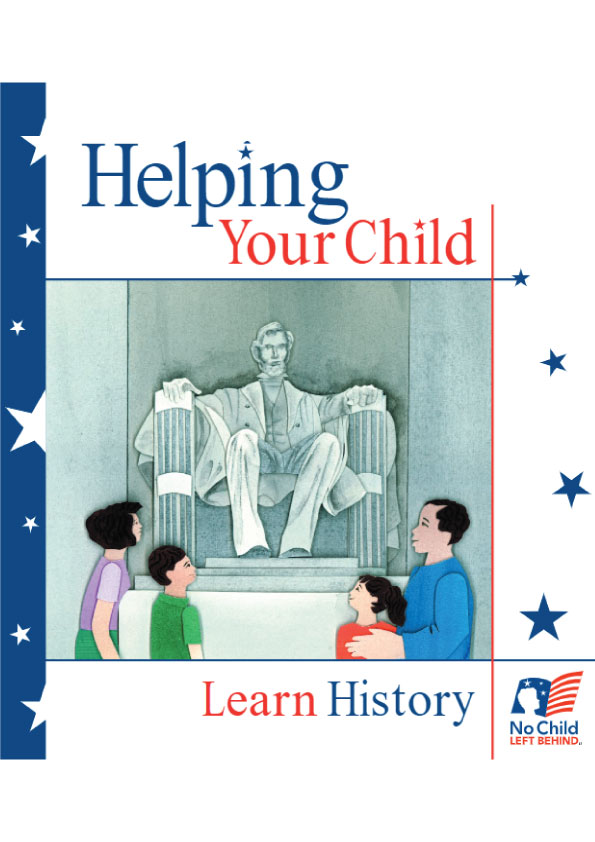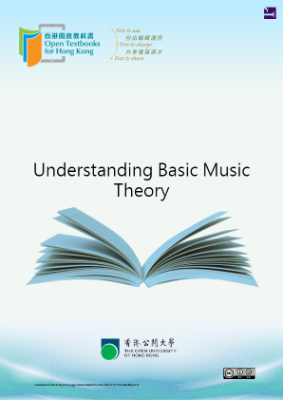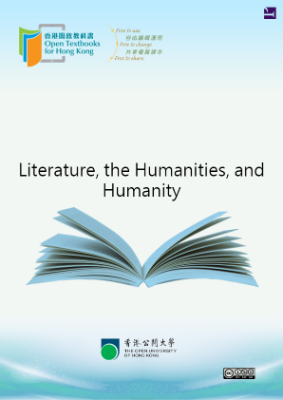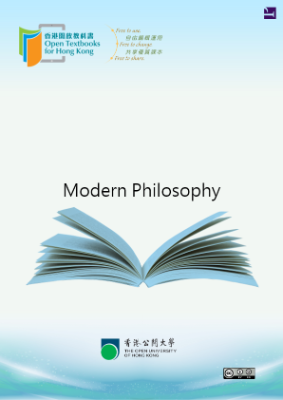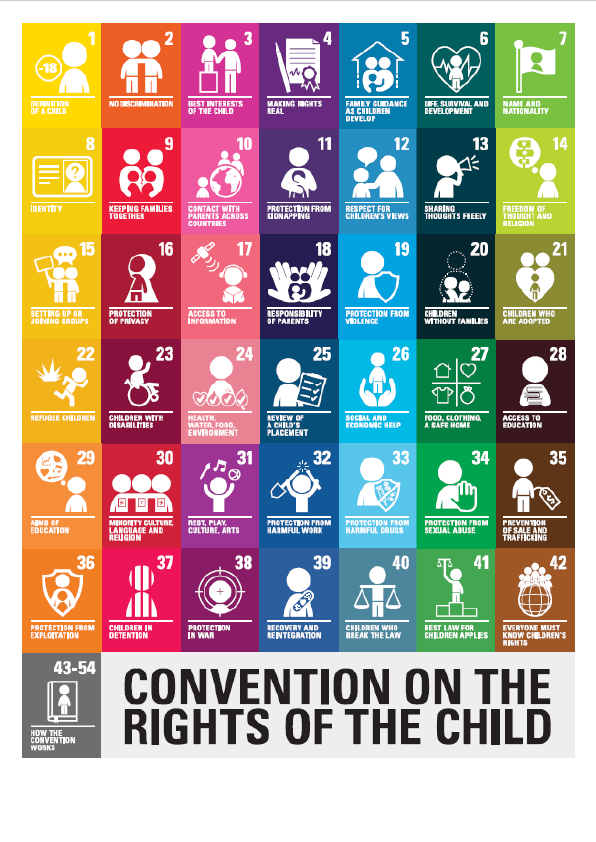OVERVIEW
Marking Open and Affordable Courses is a collaboratively authored guide for institutions navigating the uncharted waters of tagging course material as open educational resources (OER) or under a “low cost” threshold by summarizing relevant state legislation, providing tips for working with stakeholders, and analyzing technological and process considerations. The book is divided into two main sections. The first section provides high-level analysis of the technology, legislation, and cultural change needed to operationalize course markings. The second section presents tangible case studies for those interested in how others have implemented course markings. The intended audience for the book is administrators, librarians, campus store managers, instructors, registrars, and other professionals interested in OER and affordable resource marking at any size or type of institution, including community colleges, liberal arts colleges, and research institutions.
CREATION PROCESS
This collaborative book project was managed via the Rebus Community’s web-based software for managing open textbook projects. One of the drivers behind the project was to gain hands-on experience with tools and platforms intended to facilitate the development and distribution of open content. Therefore, contributors played an important role in helping our community test and refine tools that advance the creation of OER.
The editors aimed for transparency in the publication process by recruiting and interacting with project participants, managing activities, and holding discussions on the Marking Open and Affordable Courses project home. An open call for contributors was shared in July 2018 via Rebus channels and to listservs for OER, libraries, campus stores, and registrars.
Everyone interested in contributing to the book was asked to submit a proposal by posting to the public discussion board a personal introduction and statement describing the areas where they could contribute. Those volunteering to draft the main body of the book were grouped into small teams of three or more and were assigned a section leader. Section leaders were responsible for facilitating the co-creation of assigned section content, communicating with editors on behalf their team, and ensuring peer review feedback was addressed. All case study proposals that matched the scope of the book were accepted; the case study authors worked individually or with a small group of self-selected contributors. All contributors were given access to the full manuscript throughout the drafting process and were encouraged to read and provide feedback on other sections and case studies. This approach allowed authors to draw from examples throughout the text and to shape content covered in other sections.
In Spring 2019, a single peer reviewer was invited to read and provide high-level feedback on the text. The review confirmed the need to adjust the scope of the book from OER to open and affordable resources, originally suggested by one of the section leaders, and a revision period followed. A formal call for peer reviewers was announced in September 2019 via the same channels used to recruit authors. Over 60 potential reviewers expressed interest in the project within the first 24 hours after the call was posted, far exceeding the required number, so the call was promptly closed and moved instead to a waitlist. In Fall 2019, 29 reviewers read and provided feedback on the manuscript using Hypothesis, an open source web annotation tool. Some were assigned deep reading of a small number of chapters; others were assigned a broad reading of the entire manuscript. All feedback was identifiable by reviewer and shared with the book’s 30 authors.
